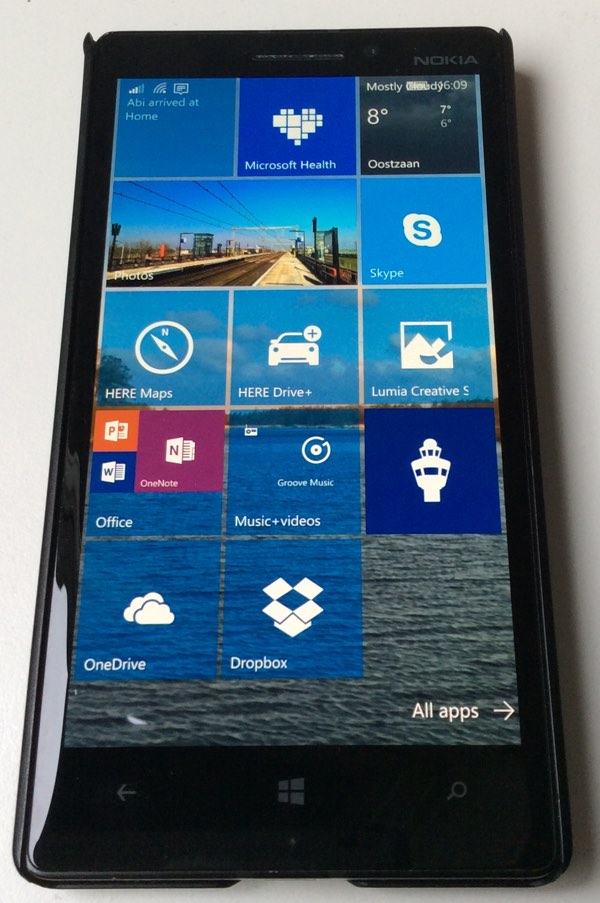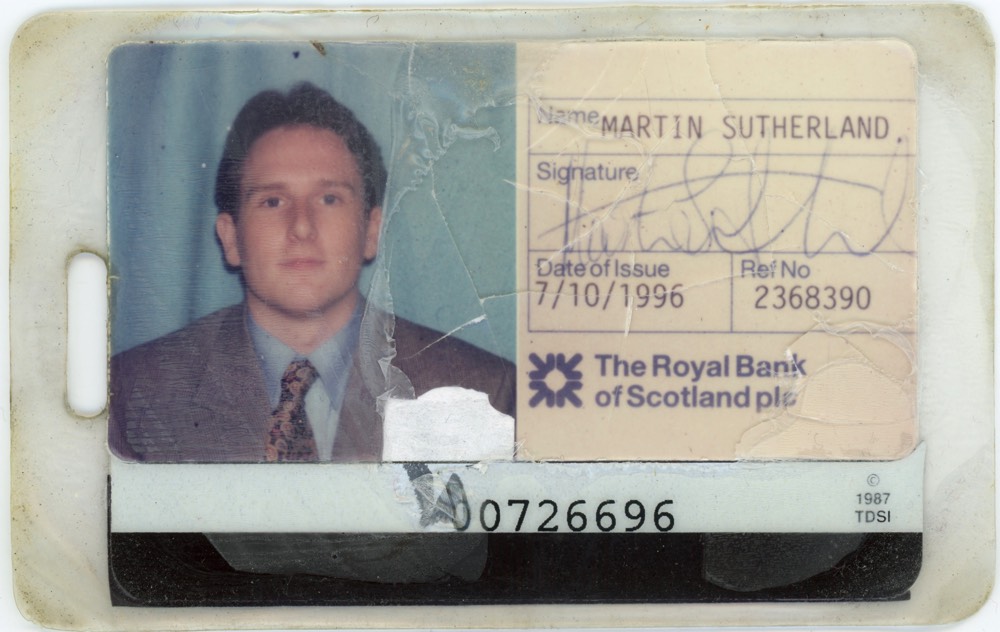When I was working in Schiphol-Rijk a few years ago, I would occasionally cross the Aalsmeerderbrug to Aalsmeer to fill up at a conveniently located petrol station. More recently I’ve been shuttling Alex to appointments in Amstelveen, which has had us crossing the same waterway on the A9 a few kilometers further north. The route along the dyke always looked quite attractive, and I put it on my long-walk list. Last weekend the weather was gorgeous — cold, but sunny and clear — and I got up early on the Sunday to give it a go.
I didn’t want to spend the first few hours just walking to the start of my walk, so I took the first bus from Oostzaan to Amsterdam Centraal (08:30), and then a tram to the Olympic Stadium. From there I followed the path around the north shore of the Nieuwe Meer. I crossed the water on the Oude Haagseweg and continued on the Nieuwemeerdijk. That took me as far south as the A9, and to the north-western corner of Schiphol. The road wandered through the Sunday-deserted office and light industrial parks of Schiphol. Past the N231 the dyke became the Schipholdijk, and I could walk alongside the water again. A couple of kilometers later the road became the Aalsmeerderdijk, and later the Leimuiderdijk. I walked past the Westeinderplassen as far as the Leimuiderbrug, at which point I got bored.
I had intended to keep going to Sassenheim and take the train back, but there were other things I wanted to do that afternoon. So I turned back to Burgerveen, and cut along the Venneperweg to Nieuw Vennep and caught the train there. (Nieuw Vennep -> HoofdDorp -> Zaandam -> Oostzaan) Total walking distance about 25km.
It was a nice walk, and some parts of the dyke are lovely, but it wasn’t as idyllic and charming as I’d pictured. It was also about five hours straight into the sun, and I hadn’t even considered bringing sun block. Bad move. I got a serious burn on my face, and most of the last week it has either been painful or flaking off. Note to self: do better.















